| Back to Back Issues Page | ||||||||||||||||
 |
||||||||||||||||
|
[Tomato Dirt #146] Beware of these 5 Tomato Problems in Young Plants May 15, 2018 |
||||||||||||||||
Tomato Dirt Newsletter
|

|
Check out all kinds of containers and accessories at MyPotsandPlanters.com - the #1 online store for container gardeners.
PLUS, get $5 off orders over $25 and free shipping on almost everything .
Have fun browsing and getting ideas!
Tomato Dirt is on Pinterest!
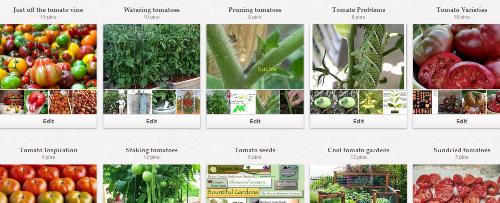 |
FEATURE: Beware of These 5 Tomato Problems in Young Plants
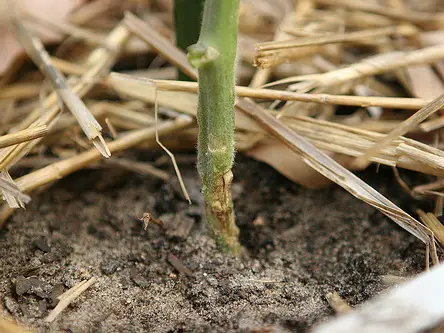 |
Once your tomato plants are in their new homes in the garden, your work is not over. Take the time at least once or twice a day to check for these 5 warning signs that can indicate a tomato problem in your young plants.
Chopped stems
Cutworms gobble up stems of newly-planted tomato seedlings, usually at night, cutting off seedlings at the soil line. But you can keep away cutworm larvae when you place collars around tomatoes as you set them in the garden (here’s how.)
Missing or chopped leaves
Chances are you’ll see the effects of the tomato hornworm before you find the culprit itself. Hornworms feast on tomato leaves, fruit, and even stems, starting at the top of the plant. They like to hide on the undersides of lower remaining leaves and munch their way through several meals, often in the dark of the night.
Wilted, dropped leaves
Aphids are among the earliest tomato snackers in the garden. These tiny (less than 1/8” long) pests attack the tip of the stems and the leaves, sucking out plant sap. Affected plants may wilt, drop leaves, or have yellowing leaves. Take these steps to get rid of aphids.
Too many healthy leaves
Uh – this is a problem? Maybe. Yes, you do want to see vibrant, new growth on your plant as soon as it adjusts to its new home. But if your tomato plant is tall, extremely dark green, overflowing with leafy growth – but has few to no blossoms during the
period its variety is supposed to start flowering – chances are good that you’ve inadvertently used a fertilizer with too much nitrogen, which is known to promote leaf growth. Use a fertilizer balanced for tomatoes instead. Phosphorus (the second number in the N-P-K ratio) encourages flowering, and therefore fruiting. Once a tomato plant starts flowering, it needs a higher ratio of potassium (the third number in the N-P-K ratio).
Yellowed leaves near the base of the plant
Lower leaves on newly-planted tomatoes may naturally yellow and drop in response to transplant shock. But keep your eye on plants. Yellowing leaves can be a sign of different kinds of blight. Reduce onset or even keep it at bay with a fungicide regimen.
Get more tips about tomato problems on our Pinterest board
Best Tips for Growing Tomatoes
The world's number one tomato Bible. Advice on 1300 varieties, soil preparation, pruning; and extensive help with pests and diseases from a leading industry expert to help you have the biggest, tastiest crop ever.
Tomato Growing Tip: Tomato Growing Tip: How Often Should You Check Young Plants for Problems?
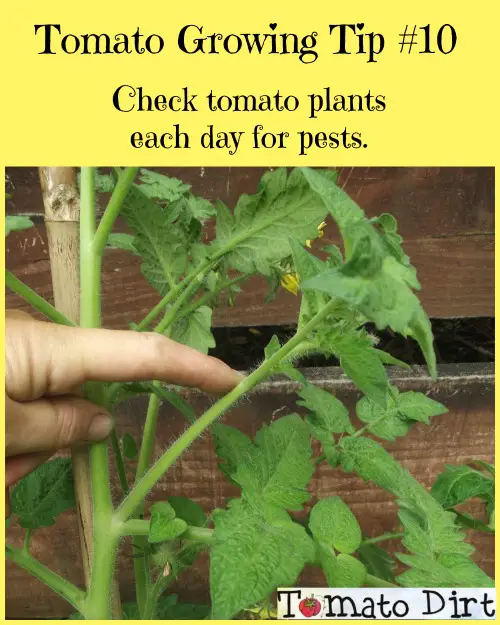 |
Image: Tomato Dirt |
Get more tips for growing tomatoes on our Tomato Growing Tips Pinterest board.
Get in Front of Tomato Diseases
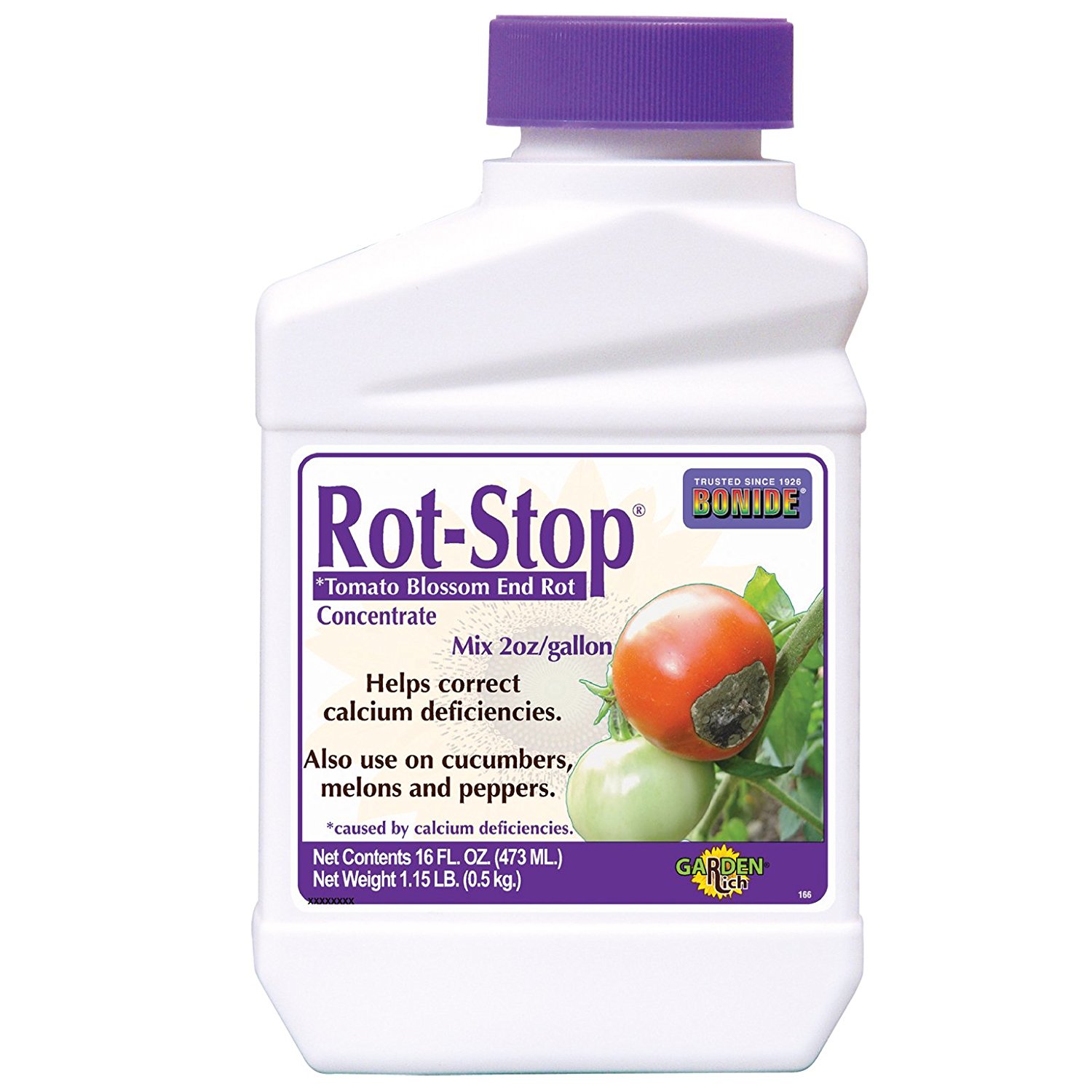
|

|
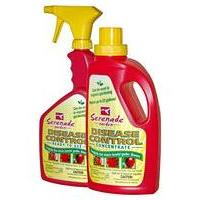
|
|---|---|---|
| Bonide Rot-Stop and more BER preventative sprays | Garden sprayers for all kinds of gardens and budgets | Serenade and more fungicides |
More Tomato Problems to Watch For
| How to Identify Tomato Problems and Prevent Them | Are you watering tomatoes enough? | Blossom End Rot: How to Identify, Treat, and Prevent It | How to Identify Tomato Pests and Control Them |
|---|
That’s it for now. More next time.
Until then, happy gardening!
![]()
Kathy with Tomato Dirt
www.tomatodirt.com
Find us on Facebook!
